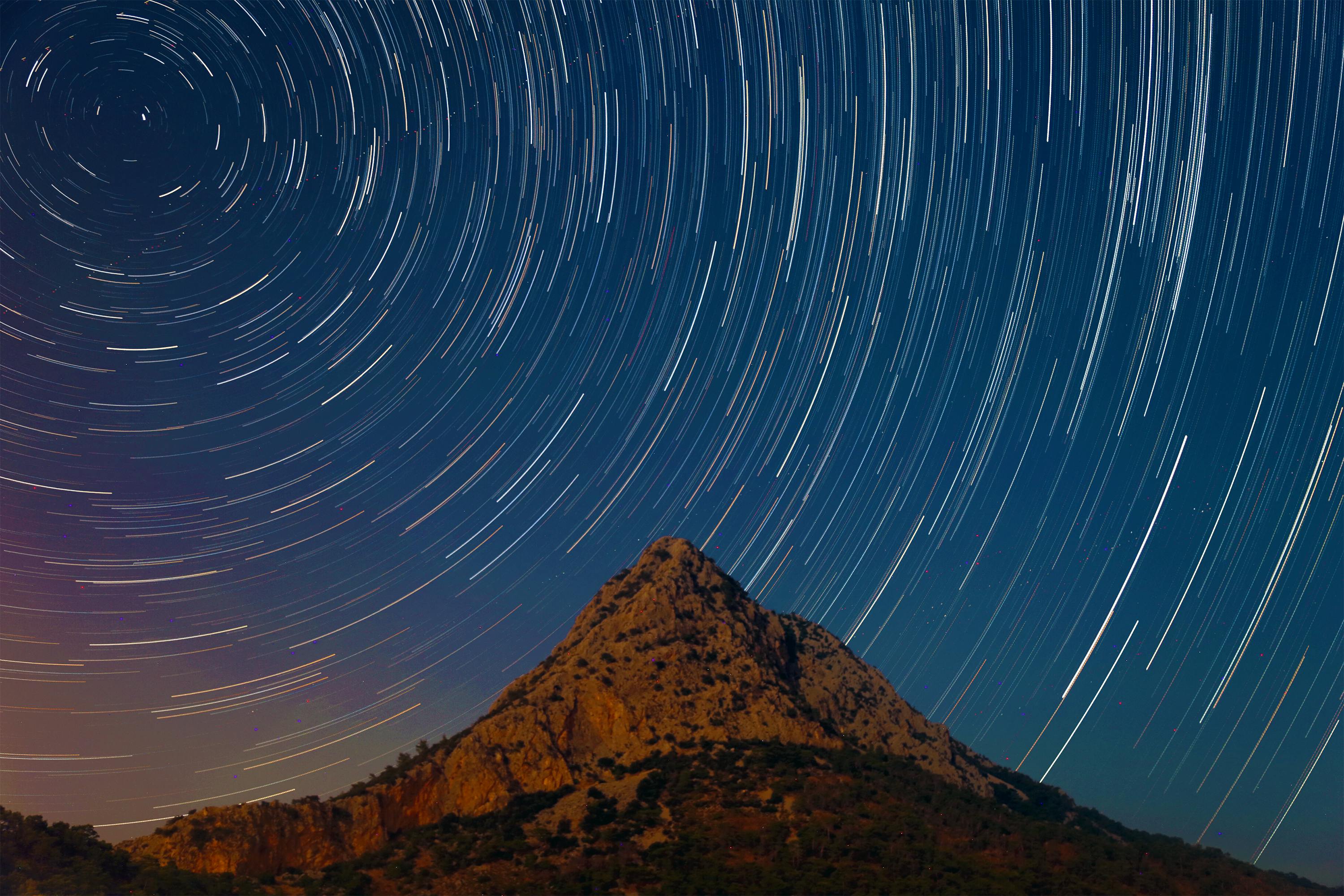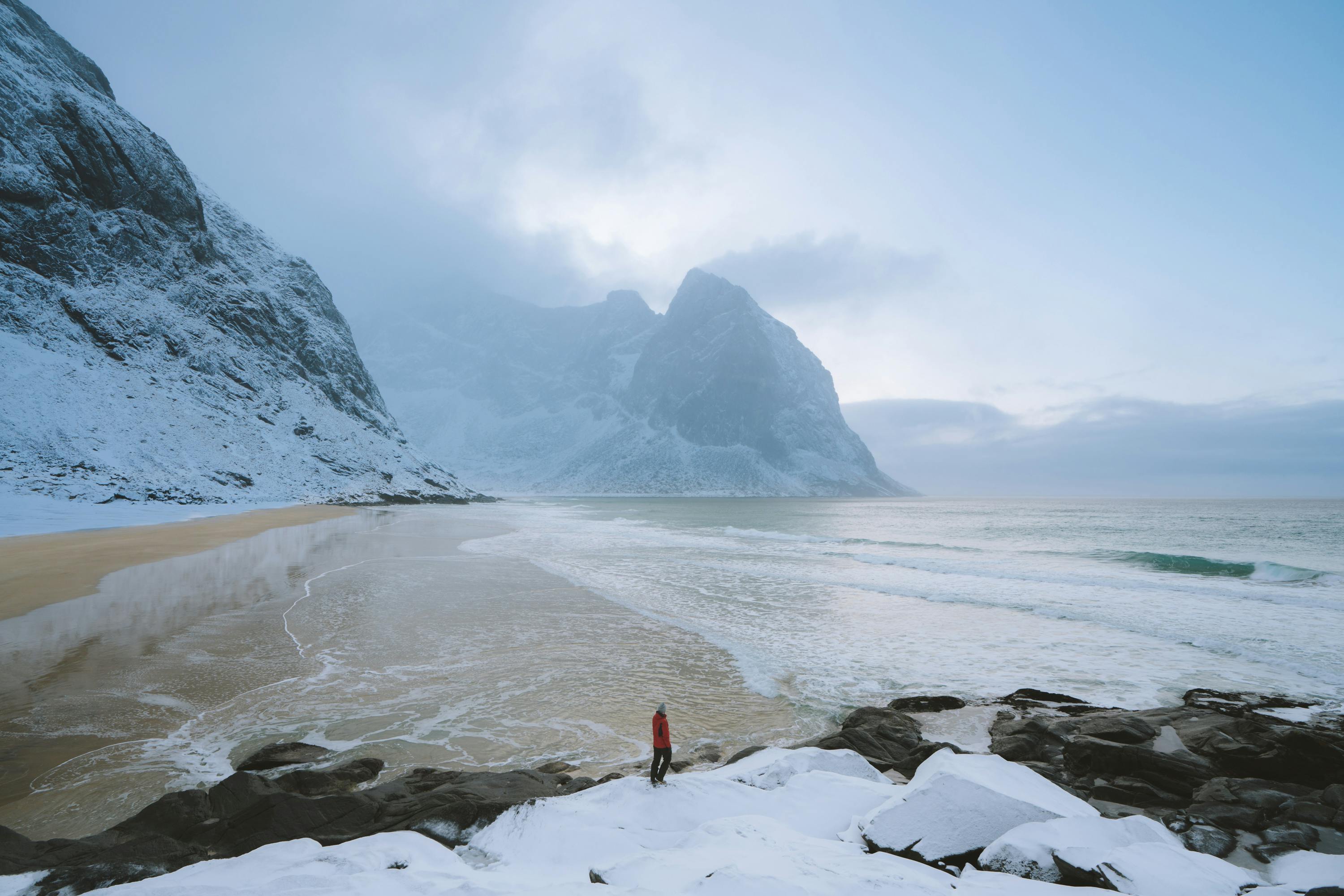
Kuroi Jukai – Black Sea of Trees
admin
- 0
It was a beautiful October morning. The spectacular view of Mount Fuji and the colorful treetops from the hotel room made me feel an indescribable joy. After breakfast, my husband and I decided to hike through the famous Aokigahara Forest located in the lap of Mount Fuji.
Aokigahara or the Sea of Trees is a dense forest that grows on lava that had blown up at the time of Mount Fuji’s last eruption some three hundred years ago. In fact, there are trees in the forest that date back to that time. At the beginning of the hike, we could hear the singing of the birds, but as we entered the forest, the silence was so strange that even the sound of our footsteps seemed like a noise. It was a little strange to see a sign at the beginning of the trail that said “Your life is a precious gift from your parents. Please think about your parents, siblings and children. Don’t keep it to yourself. Talk about your problems.”
Since it was autumn, the whole forest had turned into a koyo place. There were red Japanese pines and colorful maples scattered everywhere. The forest floor was rocky and uneven on which was a thin layer of lava soil. From under the blanket of dry leaves and moss the roots of the trees came out giving the appearance of skeletal branches. This imagination of mine is not entirely wild, as this forest is known to be a common place for suicides. Alyne Pustanio noted on her blog in May 2013 that there have been hundreds of suicides every year and the most terrible part is that body searches are done annually leaving a high probability that people will discover human skeletons and even corpses during their walk. Sometimes stepping on the soft roots of the trees scared me a lot. Since everything was written in Japanese, we couldn’t understand the signs much. The maps were a bit helpful, but not clear enough as to which path led to which location. In our confusion, we entered a particularly long 3-kilometer trail and were having a good time in the quiet environment of the forest. But soon the sunlight began to wane. The interior of the forest darkened although everything was barely visible. All kinds of thoughts crossed my mind. According to legend, in the 18th and 19th centuries, the custom of “Ubasute” was carried out in the depths of the forest. Old and sick people were left in the forest to starve and dehydrate, mainly in times of famine. Local folklore says that the forest is still haunted by the angry spirits or “yurei” of the abandoned people. The spirits are said to scream at night and their decomposed bodies move on their own if the corpse is left unattended. Spiritualists believe that there has been so much death in Aokigahara that the souls of the deceased have permeated the trees and prevented people entering the forest from escaping.
We walked as fast as possible in the gloomy melancholy. Somehow the trail didn’t seem to end. There were dark lava caves and caverns along the way. The inside of the caves was extremely cold and looked spooky. He had read accounts of hikers who said there was a tendency to get lost and move in circles within the forest as if compelled by the helpless souls trapped in the gnarled trees. Compasses and mobile phones also do not work properly indoors due to large deposition of magnetic materials on volcanic soil and rocks. Locals say that unhappy spirits invite travelers and adventurers to join them and share the curse. In fact, rangers have reported crying and crying sounds as they searched for and retrieved corpses from deep within the forest.
While I was lost in my world of fear and anxiety, a ray of light fell on my face. My husband and I looked at each other at the same time with a relieved smile on our faces. I asked my husband if he knew that Aokigahara is known to be “the perfect place to die.” He said “no” but seemed disturbed. He said “there was something very unpleasant there, it’s a bit depressing inside.” The holy appearance of Mount Fuji with white clouds forming the long beard and mustache seemed to free itself from the evil grip of the enchanted trees.
References:
Alyne Pustanio, “The 13 Most Haunted Places in the World: No. 1, Aokigahara Jukai, The Suicide Forest, Japan”, Blogger, http://alynesvoxarcana.blogspot.jp/2013/05/the-13-most- places- enchanted-in-the-world-no.html

